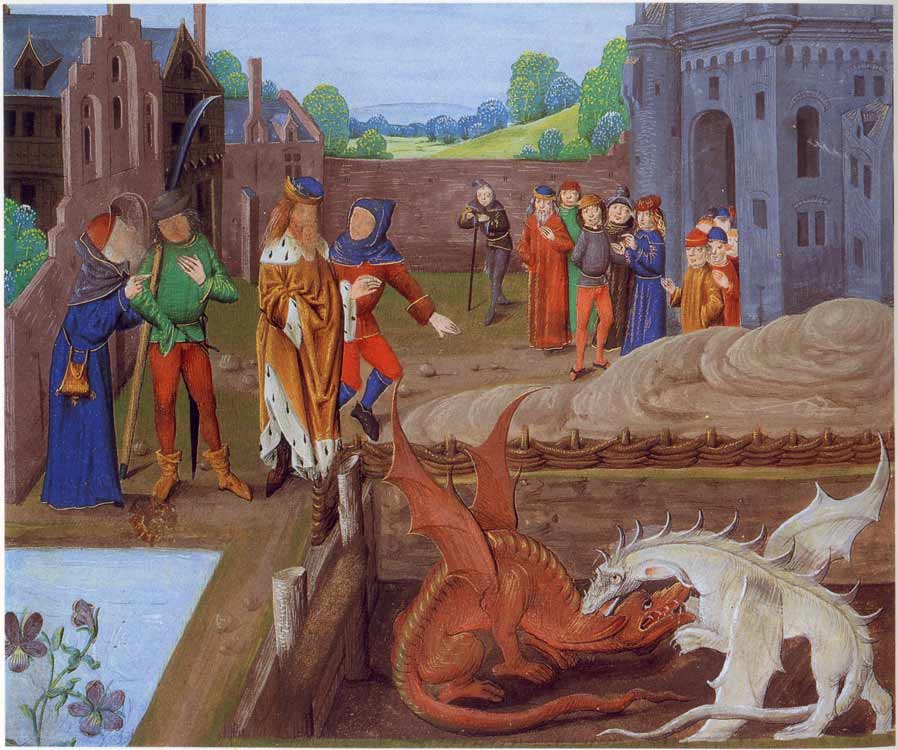 Merlin, Vortigern and the Two Dragons - By UnknownUnknown author [Public domain], via Wikimedia Commons
Merlin, Vortigern and the Two Dragons - By UnknownUnknown author [Public domain], via Wikimedia Commons Fate and destiny combine in strange ways and an event from the distant past resurfaced to cause King Vortigern a problem he could not have foreseen and the only person who could solve this was the then young and unknown Merlin. The two were brought together on Dinas Emrys where Merlin was inspired to make one of his most famous prophecies on the fate of Britain. Sometimes called the Prophecy of the Two Dragons or The Prophecy of Merlin, it reveals the coming of Arthur and the future of Britain, making him the leading soothsayer and sorcerer of his time.
Vortigern’s Fortress
According to Geoffrey of Monmouth, after the Treachery of the Long Knives, when the greater part of the nobility and leadership of the Britons had been brutally and treacherously murdered by Hengist and his Saxons, the wise men of King Vortigern, advised him to seek out a place where he might build a fortress as a place of safety to retreat to.
After searching what remained of his realm for a safe and suitable site he finally chose a rocky, wooded, hill about one mile from what is now called Beddgelert in Gwynedd, Wales, that rises to a height of about 250 feet above the valley of the River Glaslyn. This hill was once called Dinas Ffaraon Dandde or fortress of Fiery Pharaoh, and later became known as Dinas Emrys which means fortress of Ambrosius.
Thinking he has found a good site Vortigern gave the command for the work on building the walls of the fortress to commence. His builders worked hard building walls and towers in the daytime but no matter how far they progressed in a day, when they came back the next morning, they would find the previous day’s work in a heap on the ground. Although the builders used all their skills and knowledge and worked as hard as they possibly could during the day, each morning they would return to find the previous day’s work once again in a pile on the ground. This went on for many days until Vortigern was obliged to seek help from his wise men. According to Nennius, a 9th century monk and writer, his wise men informed him that that he would have to seek out a young boy. “not conceived by a mortal man”. who would be sacrificed and his blood sprinkled in the mortar of the stonework in the hope of appeasing what ever dark power was hindering the construction of the fortress.
Myrddin Emrys
Vortigern sent his messengers out across the land seeking out such a boy. After many days and much searching, one of the messengers returned with a boy named Myrddin Emrys or Merlin Ambrosius, who was the only boy they could find “not conceived by a mortal man”.
Geoffrey of Monmouth in his book Historia regum Britanniae (History of the Kings of Britain, 1137) says that Merlin was believed to have been the the son of an incubus, or demon and his mother was mortal and was a nun. With the incubus representing Satan and the nun representing Jesus Christ, or God, he had been born from two opposing powers.
Read More
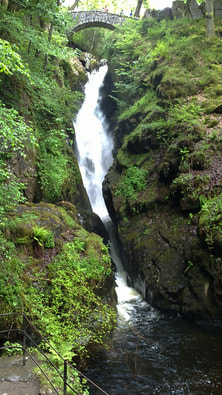


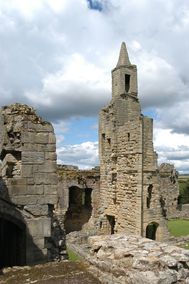
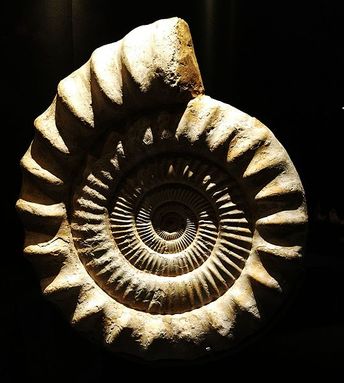
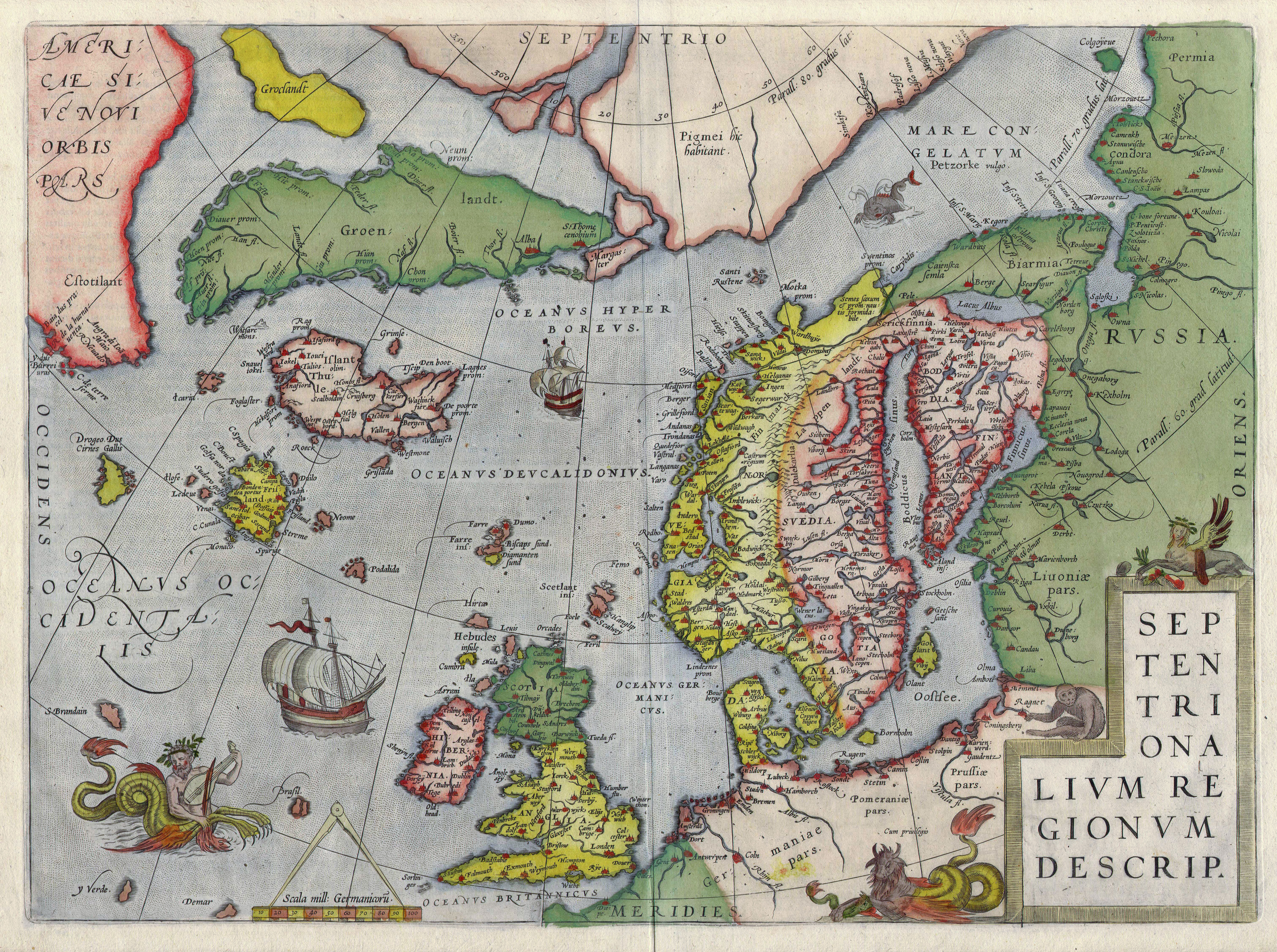
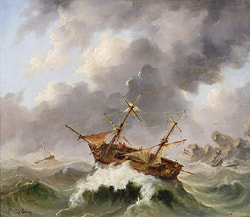
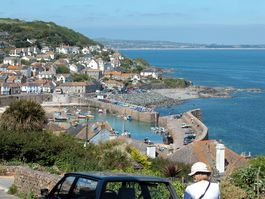
 RSS Feed
RSS Feed
